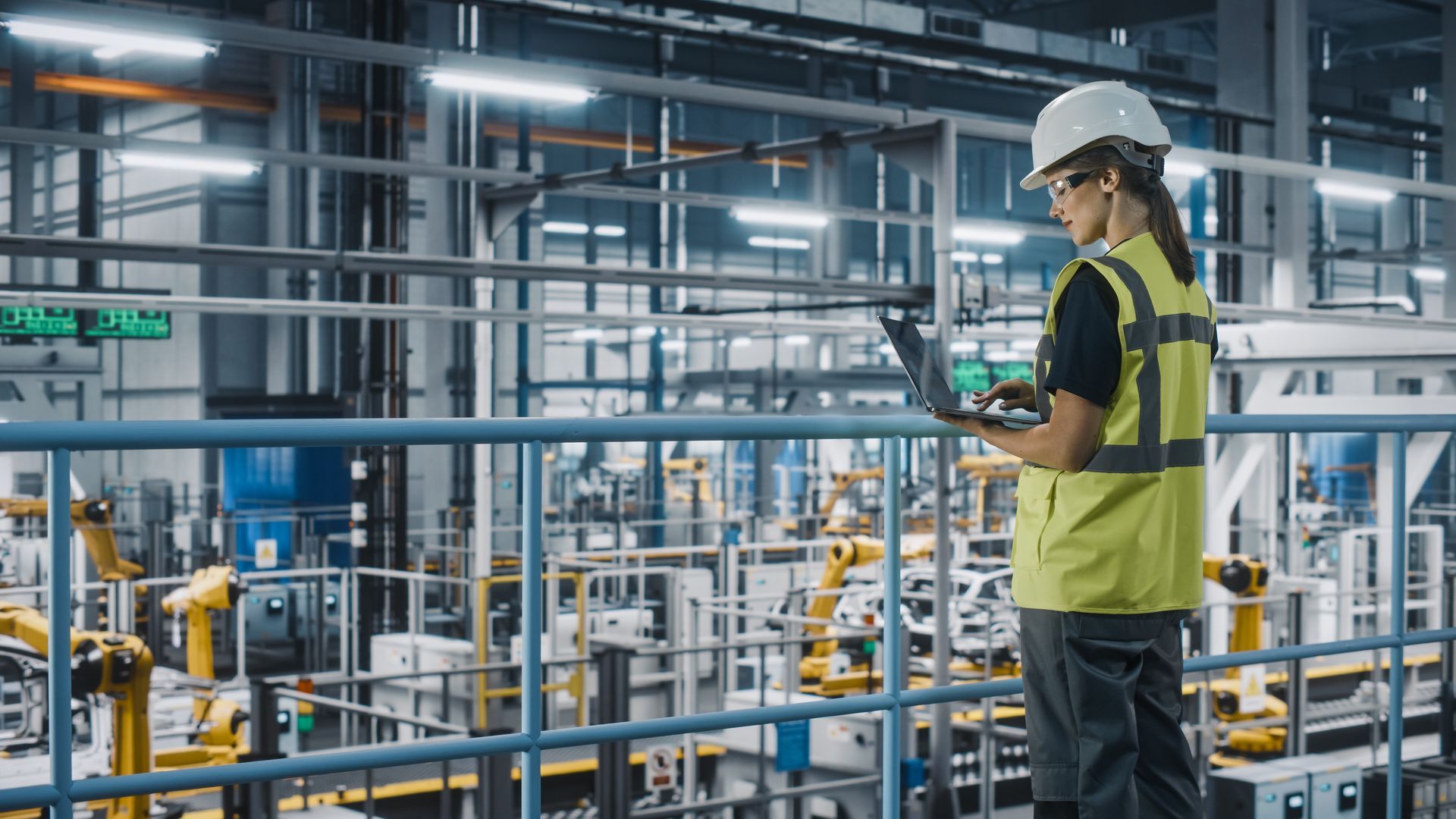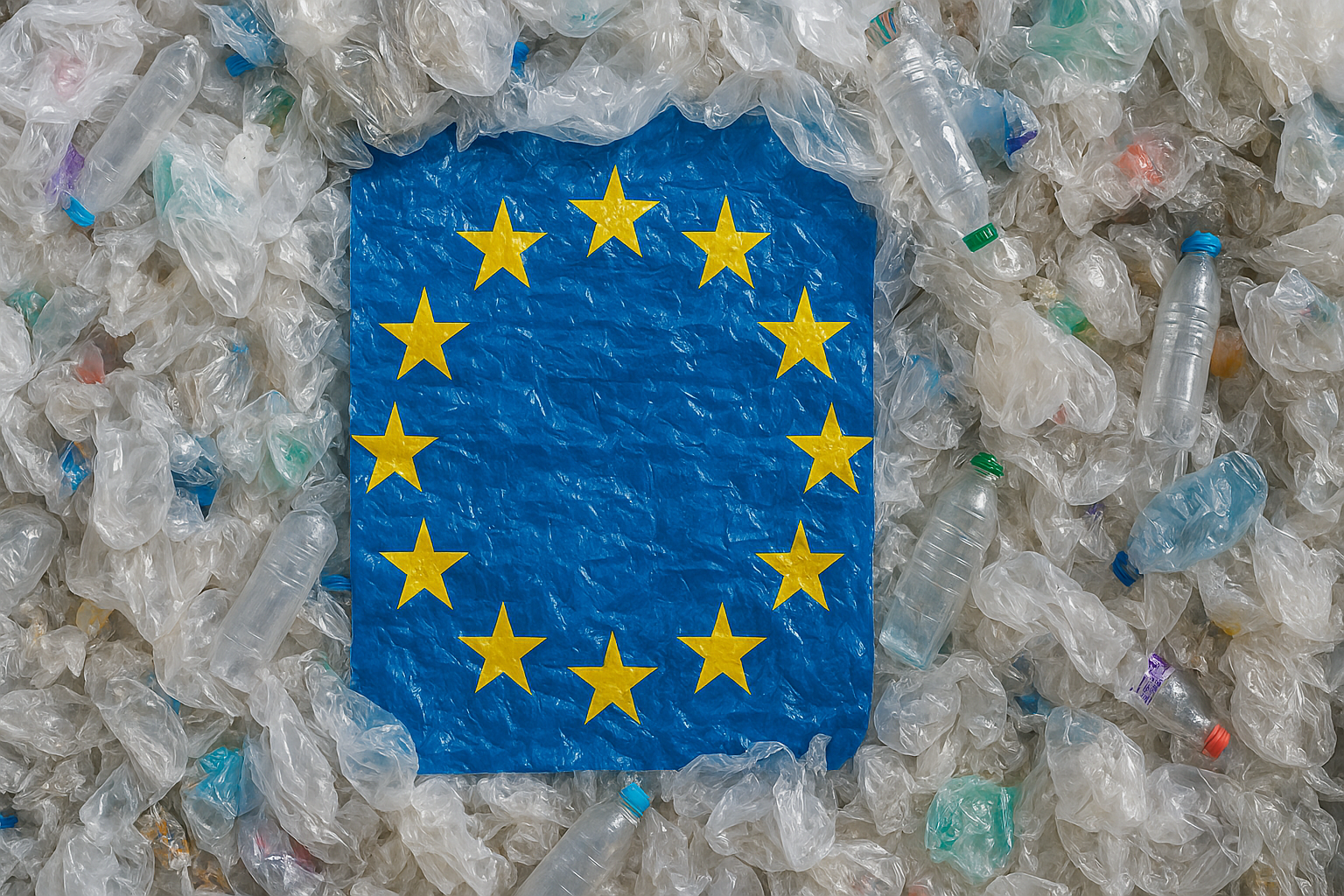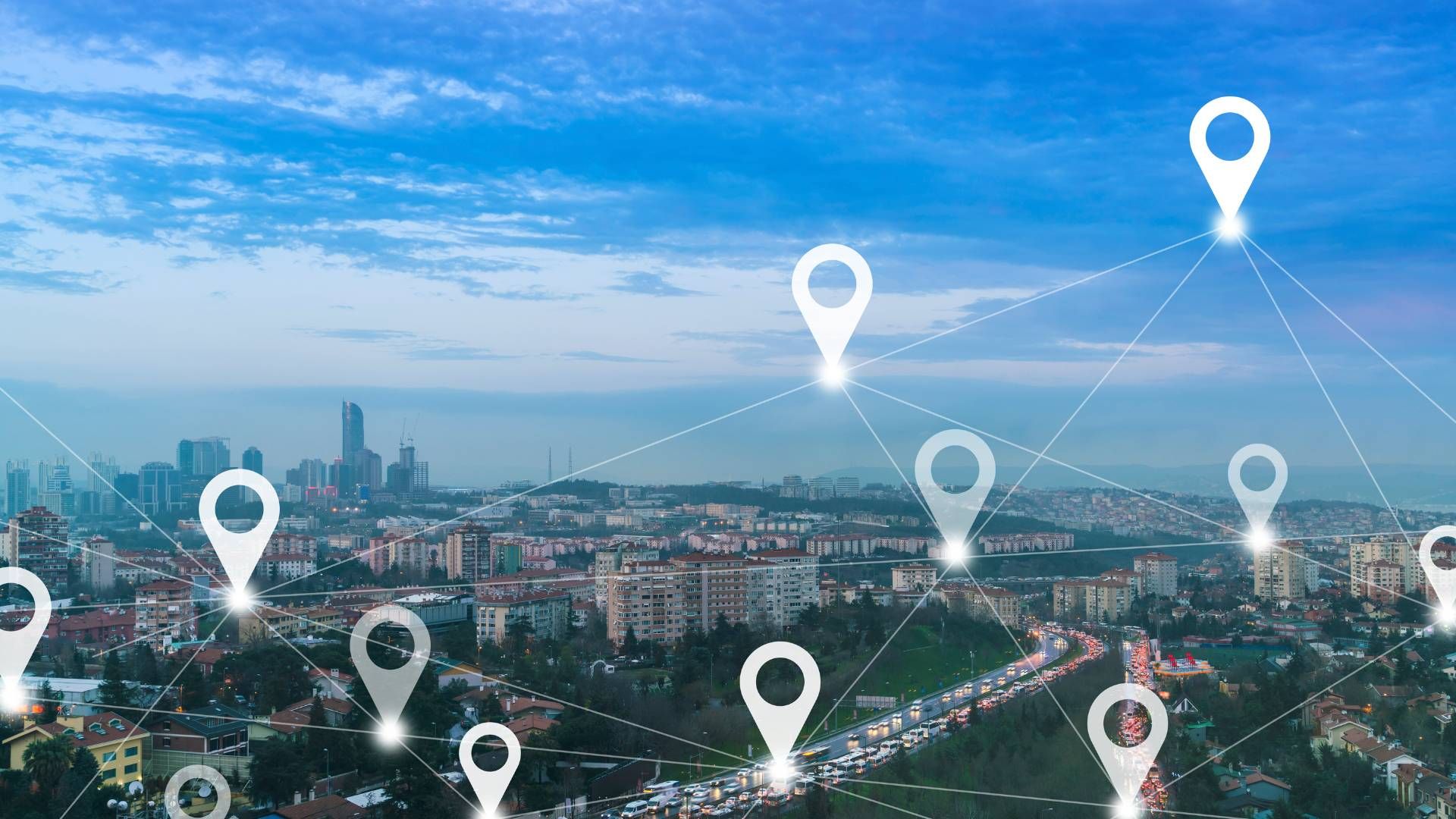How We Ensure Quality in Sensize Trackers
When you attach a tracker to an asset and send it into the supply chain, you likely won’t have physical access to it for an extended period. You need to trust that it will keep working because, if it stops, there’s no way to retrieve and fix it. In other words, you need a high-quality tracker.
What Defines Quality in a Tracker?
A quality product is one that is fit for its intended purpose. For a tracker designed for use in the supply chain, this means it must operate reliably in any location without disrupting operations.
Seamless Supply Chain Functionality
Supply chain operations often span multiple countries. For instance, the North American produce supply chain connects Mexico, Costa Rica, the U.S., and Canada. Similarly, European growers operate within the EU, the UK, and frequently Turkey. Trackers must function seamlessly across these borders without requiring reconfiguration. Customers cannot predict which tracker will be sent to which country, so the only practical solution is to use a universal tracker that works everywhere.
Technologies like Sigfox, LoRa, LTE-M, and NB-IoT struggle in this regard because international roaming is not guaranteed. For example, O2, the operator of the UK’s sole LTE-M network, recently blocked international roaming, causing thousands of devices to go offline. Similarly, Vodafone Italy restricted international roaming on its LTE-M network, leaving many devices non-operational.
Data Logging
Even with good roaming capabilities, there will always be environments in which trackers cannot establish a connection – such as on a ship at sea or deep within a freezer. This is why data logging is essential for a high-quality product.
Trackers should record and store data during connectivity outages and upload it when the network becomes available. However, many trackers lack this feature, particularly those relying on low-bandwidth networks like Sigfox and LoRa, which cannot handle the transmission of significant historical data. This results in incomplete data records – akin to "Swiss cheese" with holes representing lost information. Such gaps lead to a poor-quality user experience and challenges to the supply chain if it is reliant on data.
Non-Disruptive Operations
Tracking should enhance supply chain operations without interfering with standard processes. A tracking system that requires extensive operational changes becomes an impractical burden – essentially letting the tail wag the dog.
Infrastructure Requirements
One example of disruption caused by low-quality trackers is when trackers depend on special infrastructure. While users might install access points or scanners at their own facilities (similar to RFID readers), it is unrealistic to expect them to deploy specialist, expensive infrastructure at every grower, distribution centre, and store. Beyond the challenge of securing stakeholder agreement, the cost of deployment and maintenance is often prohibitively high.
Battery Life Challenges
Battery life is another operational challenge for all types of trackers. Some require recharging either by customers or via a reverse logistics process, but neither is practical at scale. Managing battery charging for a fleet of two million assets is unfeasible. Moreover, identifying which batteries need charging is another logistical nightmare. Trackers with dead batteries often end up discarded, creating unnecessary waste. "Landfill technology" is not a hallmark of high-quality design.
Our tracking devices are designed for durability, with batteries that last a minimum of seven years. This ensures reliable, uninterrupted operation, so you never have to worry about losing connectivity due to power issues.
We understand that battery performance can be impacted by external factors, particularly in cold temperatures. That’s why we take extra care to ensure our devices remain dependable, even in demanding environments like cold storage.
Mechanical Robustness
Waterproofing
In supply chains handling products like meat or eggs, it's essential that products can be washed and cleaned without removing them from crates or pallets.
To ensure this, our trackers undergo rigorous testing, including exposure to high-pressure water jets. This guarantees they remain fully operational and resistant to water ingress, even in demanding conditions.
Impact Resistance
With supply chains as busy as they are, accidents can happen, whether it’s a dropped asset or a transport vehicle involved in a collision. That’s why it’s essential to have trackers that can withstand such incidents without breaking.
Our devices are thoroughly tested to handle both expected and unexpected impacts, ensuring they remain durable and reliable in warehouses and during transportation.
Pressure Resistance – can you drive a truck over it?
Logistics operations, whether they operate locally, nationally or globally, will have countless moving parts. Your teams shouldn’t be expected to treat assets with kid gloves. We build our devices not just to withstand impacts, but also significant pressure of up to four tons.
From using a hydraulic press to driving over one of our devices in a forklift truck, it is so important that we make sure the tracking devices you’re going to be using can withstand significant pressure.
Sensize believes in helping you build the perfect asset tracking system, and that means making sure each part is operating optimally. That starts by having high-quality builds for your parts.
Our trusted supplier network ensures your logistics operations run smoothly, minimizing unnecessary disruptions. And we don’t stop there. We continually innovate and embrace cutting-edge technology to help you achieve a more efficient and future-ready supply chain.
Temperature Resistance
There are a range of industries that require products to remain in cold storage for long periods of time and, in these environments, battery life can be impacted significantly. We make sure our devices are built to withstand the coldest of environments.
But it isn’t just cold temperatures that can have an impact; many supply chains need to factor in warm weather. As temperatures across supply chains can vary greatly, it’s important to have trackers that don’t lose any capabilities in the harshest of conditions.
Sensize trackers offer long battery life, robust construction, and resilience against environmental challenges. They are designed to perform reliably across diverse supply chains and industries, ensuring seamless data collection and tracking.
To deliver this level of reliability, Sensize collaborates with top-tier suppliers. These partnerships ensure access to the highest-quality tracking technology. Suppliers are carefully selected and regularly audited to uphold rigorous quality standards, so your logistics operations benefit from dependable, state-of-the-art asset tracking solutions.
Share this post by clicking below...









